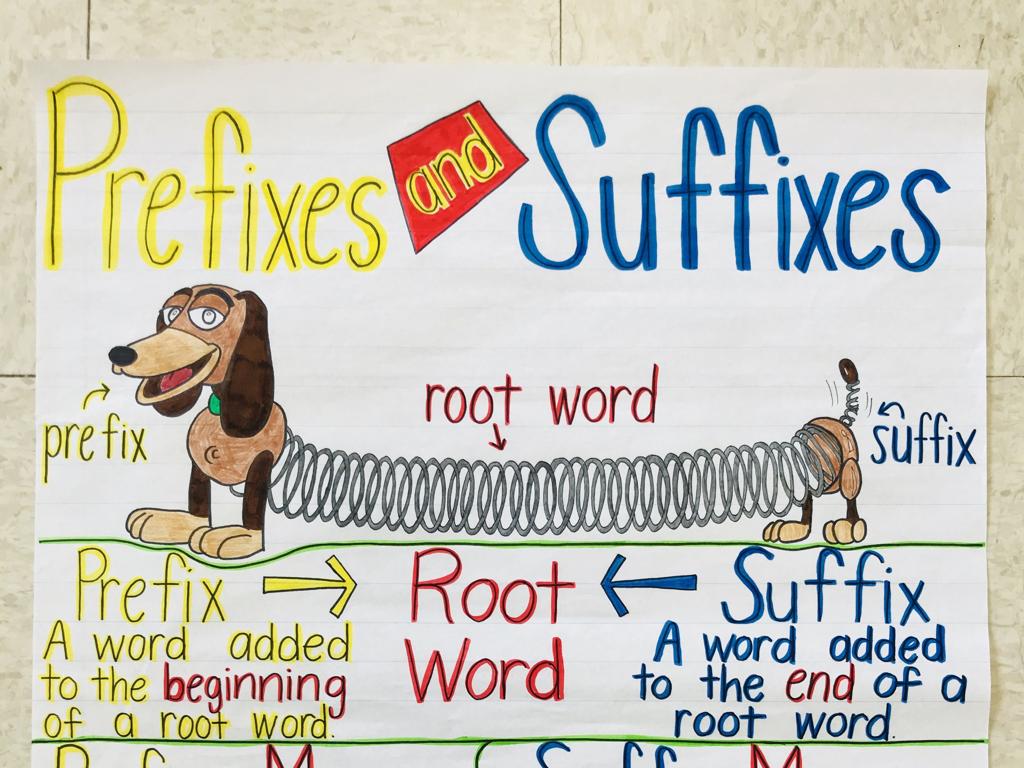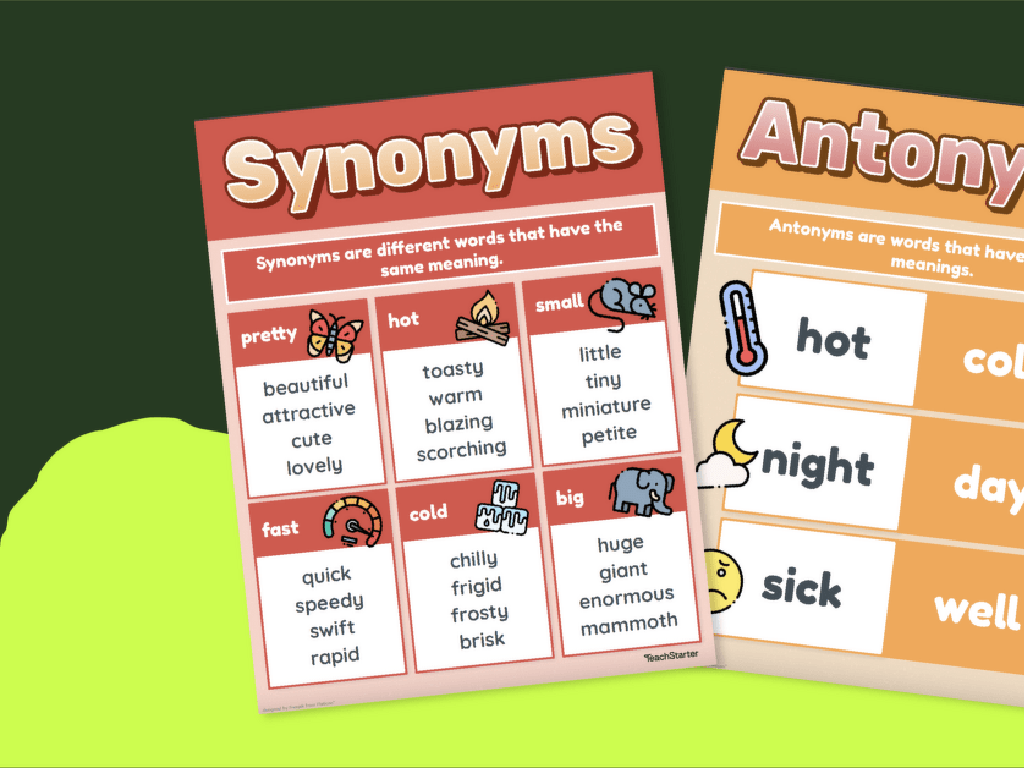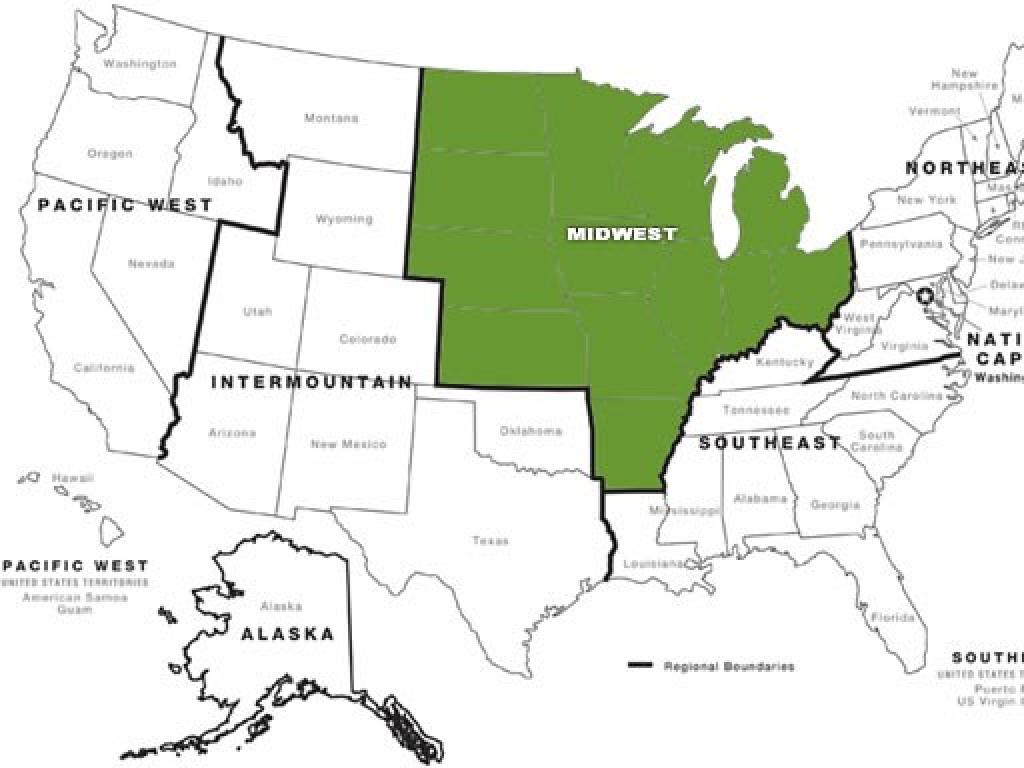Foundations Of Aztec Civilization
Subject: Social studies
Grade: Seventh grade
Topic: Early Americas
Please LOG IN to download the presentation. Access is available to registered users only.
View More Content
Exploring the Foundations of Aztec Civilization
– Early Americas overview
Before Columbus, diverse civilizations thrived in the Americas.
– Aztecs’ place in history
The Aztecs were a dominant force in central Mexico.
– Rich Aztec culture
Known for their architecture, math, and calendars.
– Aztec historical impact
Their contributions influence modern culture and knowledge.
|
This slide introduces students to the Aztec civilization within the context of the Early Americas. Begin with a broad overview of the pre-Columbian Americas, highlighting the diversity and complexity of the civilizations that existed before European contact. Emphasize the Aztecs’ significant role in history, particularly in central Mexico, where they built a powerful empire. Explore aspects of the rich Aztec culture, including their impressive architectural achievements, advanced mathematical understanding, and the accuracy of their calendars. Discuss the lasting impact of the Aztecs on today’s society and culture. Encourage students to consider how the achievements of ancient civilizations continue to affect our lives.
Who Were the Aztecs?
– Introduction to Aztec society
– A vibrant culture known for architecture, art, and advanced society.
– Founding of Tenochtitlan
– The Mexica people established Tenochtitlan, which became a grand city.
– Aztec Empire’s peak
– At its height, the empire was an influential and formidable force.
– Aztecs as a Mesoamerican power
– As a major power, the Aztecs had significant impact on Mesoamerica.
|
This slide introduces the Aztec civilization, a dominant society in Mesoamerica from the 14th to the 16th centuries. Highlight the Aztecs’ sophisticated society, known for its monumental architecture, art, and complex social structures. Discuss the Mexica people, who founded the great city of Tenochtitlan on an island in Lake Texcoco. Explain how the Aztec Empire expanded to become a major Mesoamerican power, controlling a large region through a combination of military conquest and alliances. Emphasize the empire’s peak, showcasing its influence on trade, agriculture, religion, and culture in the region.
Exploring Aztec Society
– Aztec social hierarchy
– A structured system with nobles, commoners, serfs, and slaves
– Cultural roles and duties
– Warriors, priests, and artisans each had specific roles
– Daily life in Aztec times
– Farming, trading, and religious ceremonies were daily activities
– Significance of societal structure
– Understanding hierarchy helps us learn about Aztec civilization
|
This slide aims to give students a clear understanding of the Aztec social structure and its impact on daily life. The Aztec society was highly hierarchical, with a distinct separation between nobles and commoners, and specific roles for each group, including warriors, priests, and artisans. Daily life for an Aztec citizen involved agriculture, trade, and participation in religious events, which were central to their culture. Discussing the societal structure provides insight into the organization, values, and priorities of the Aztec civilization. Encourage students to compare and contrast the Aztec social hierarchy with modern society to deepen their understanding.
Religion and Mythology of the Aztecs
– Central role of religion in Aztec life
– Religion influenced politics, agriculture, and daily life.
– Major gods and their roles
– Gods like Huitzilopochtli (war) and Tlaloc (rain) were worshipped.
– Overview of Aztec rituals
– Rituals included dances, feasts, and sacrifices to honor gods.
– Significance of ceremonies
– Ceremonies ensured cosmic order and the gods’ favor.
|
This slide aims to introduce students to the profound impact of religion on Aztec civilization. Emphasize how religion was intertwined with every aspect of Aztec society, from governance to agriculture. Discuss the pantheon of gods, highlighting Huitzilopochtli, the god of war and the sun, and Tlaloc, the god of rain, to illustrate the variety of deities and their importance. Explain common rituals and ceremonies, including the reasons behind human sacrifices, and how these practices were believed to maintain balance in the world and appease the gods. Encourage students to consider the role of religion in their own lives in comparison to its role in Aztec society.
Aztec Achievements in Early Americas
– Aztec architectural contributions
– Pyramids and temples show advanced urban planning
– Chinampas agricultural innovation
– ‘Floating gardens’ increased farming efficiency
– Significance of Aztec art
– Art was integral to religion and daily life
– Aztec society’s advancements
|
This slide highlights the remarkable achievements of the Aztec civilization in various fields. Discuss the sophisticated architecture of the Aztecs, including their pyramids and temples, which reflect their advanced urban planning and engineering skills. Explain the Chinampas system, an innovative agricultural technique that involved creating floating gardens to increase farming efficiency and yield. Delve into the role of art in Aztec society, which was deeply intertwined with religion and everyday life, serving as a means of expression and communication. Emphasize the overall advancements of Aztec society and how these contributions have left a lasting impact on history and culture. Encourage students to explore how these achievements compare to modern-day practices in architecture, agriculture, and art.
The Spanish Conquest of the Aztecs
– Hernán Cortés’ arrival in 1519
– Cortés led Spanish conquistadors to the Aztec Empire, initiating contact.
– Key events of the Aztec fall
– The siege of Tenochtitlan and alliances with other tribes were pivotal.
– Conquest’s impact on Aztec society
– The conquest led to the collapse of Aztec social structures and traditions.
– Global implications of the conquest
– It marked the beginning of Spanish colonization and global trade expansion.
|
This slide aims to summarize the Spanish conquest of the Aztec Empire, a turning point in history. Hernán Cortés’ arrival marks the beginning of the end for the Aztecs, with key events including the siege of Tenochtitlan and the strategic alliances formed with other indigenous tribes. The impact on Aztec society was profound, leading to the dismantling of their social systems and the imposition of Spanish culture. Globally, the conquest had far-reaching effects, paving the way for Spanish colonization in the Americas and the introduction of American goods to the world market. Discuss the importance of understanding this historical event from multiple perspectives and its lasting legacy.
Legacy of the Aztecs
– Aztec influence on modern Mexico
– Aztec contributions to language, cuisine, and architecture in Mexico
– Preservation of Aztec heritage
– Nahuatl language and cultural ceremonies still practiced today
– Aztec traditions in crafts
– Artisanal techniques in pottery and weaving passed down generations
– Aztecs in media and culture
– Aztec imagery and stories featured in films, books, and art
|
This slide explores the enduring impact of the Aztec civilization on contemporary Mexico and the world. Students will learn how the Aztecs have shaped modern Mexican identity through language, food, and architecture. Emphasize the continued use of the Nahuatl language and the preservation of Aztec ceremonies. Highlight how traditional Aztec crafts are still created today, keeping their artistic legacy alive. Discuss the representation of Aztecs in movies, literature, and art, showing their influence on popular culture. Encourage students to think of examples they may have encountered in their own experiences.
Class Activity: Create Your Aztec Codex
– Review Aztec pictographs
– Aztec writing used symbols for words and sounds
– Instructions for your codex
– Use symbols to represent your own story
– Create your personal codex
– Combine symbols to tell a story about you
– Share codices in class
– Discuss the stories and symbols used
|
This activity is designed to immerse students in the Aztec culture by creating their own codex, similar to how the Aztecs recorded information. Start by reviewing the Aztec pictographic writing system, explaining how symbols were used to represent words, sounds, and concepts. Provide students with instructions and materials to create a codex that tells a story from their life using symbols they design or select. Once completed, students will share their codices with the class and discuss the meanings behind their chosen symbols. This will help students understand the importance of symbolism in Aztec communication and the challenges of interpreting historical pictographic texts.





